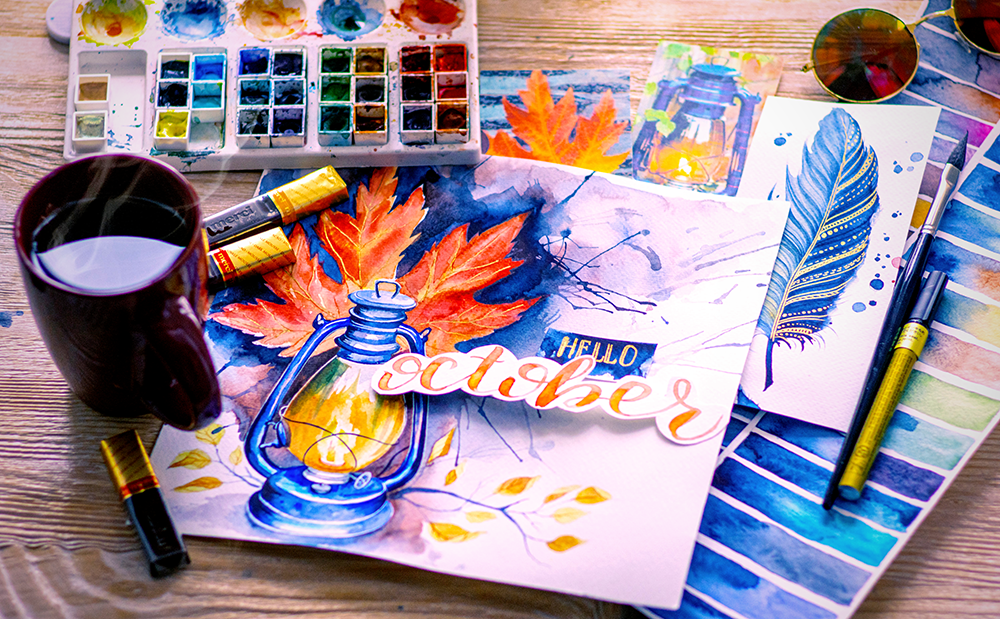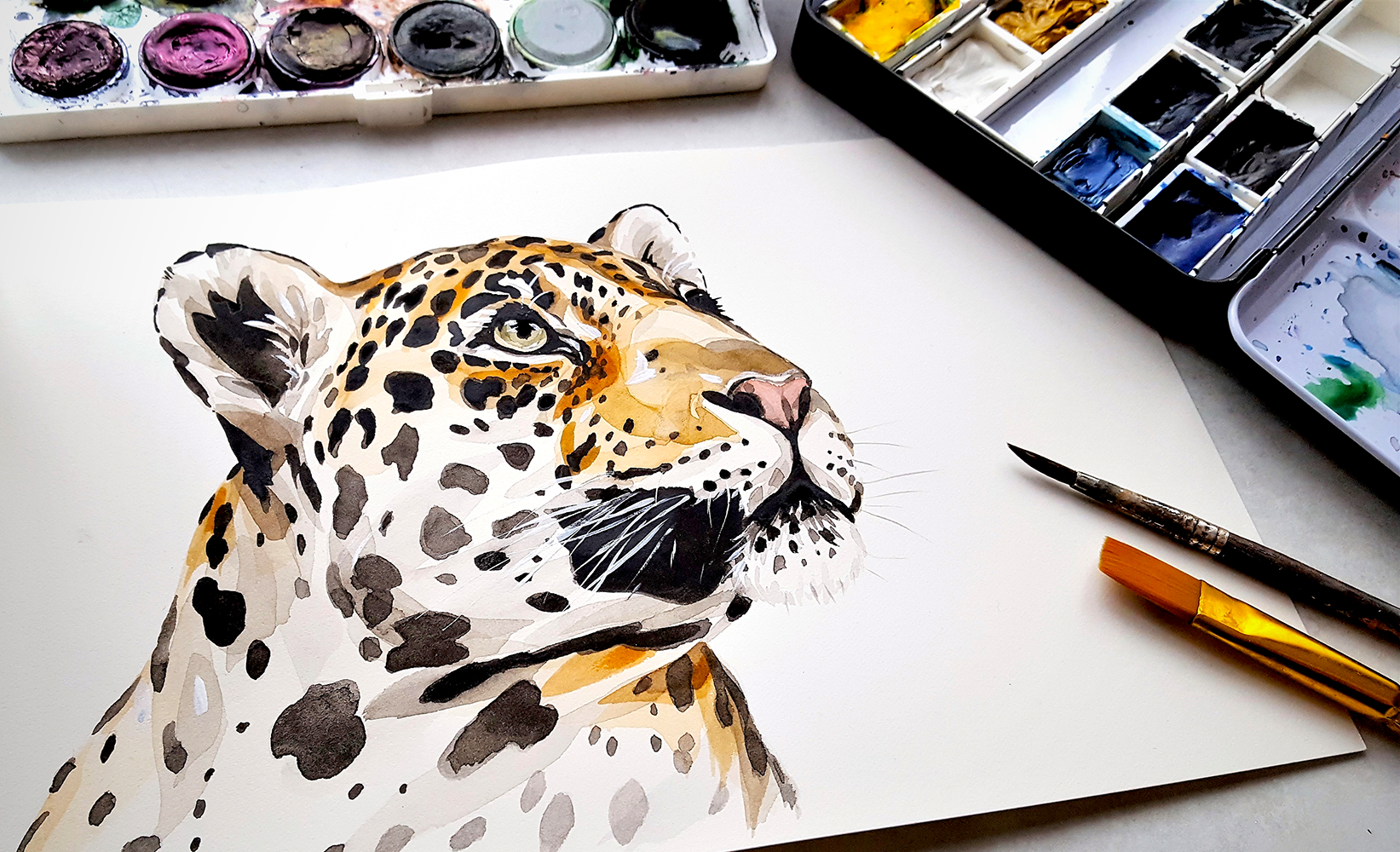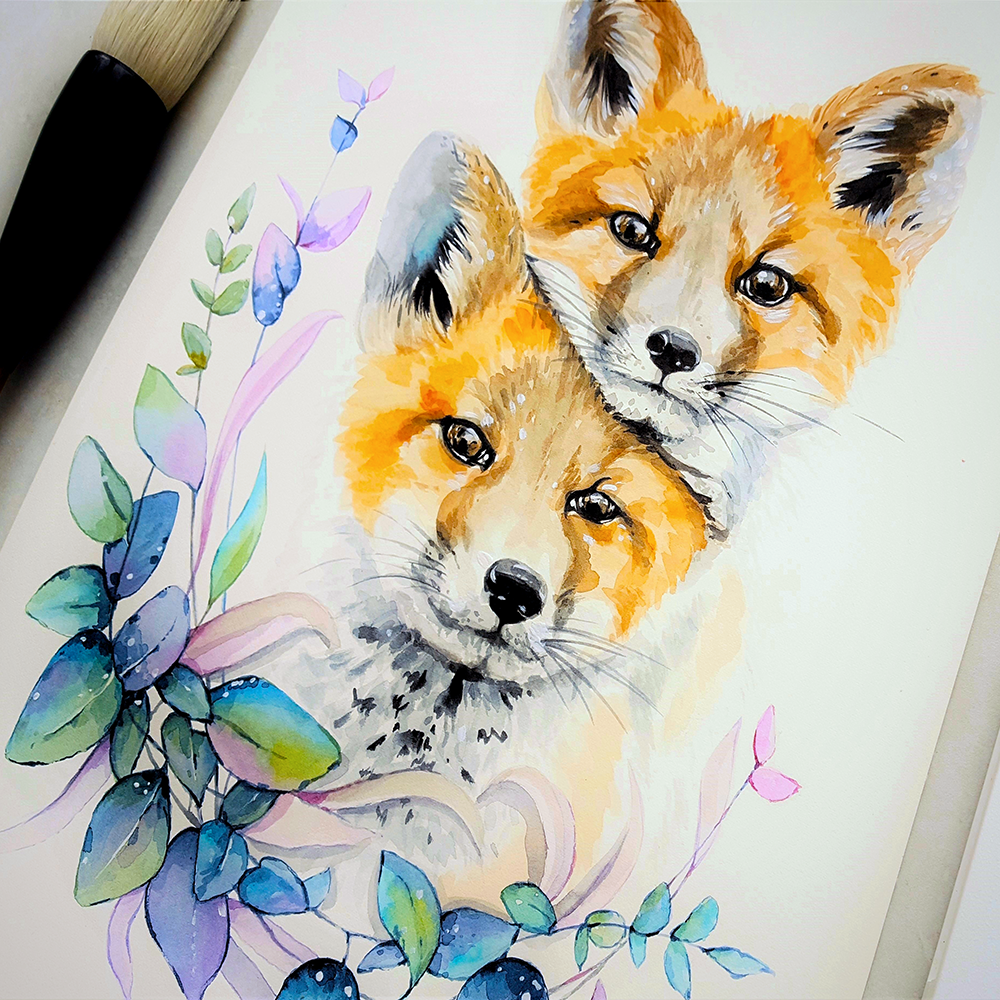Watercolor painting is a beautiful and unique art form that anyone can learn with a little bit of practice.
The key to success with watercolors is understanding how the medium works and using that knowledge to create stunning works of art.
In this blog post, we'll provide some tips and tricks for getting started with watercolors.
With a little bit of time and effort, you'll be creating gorgeous paintings in no time!
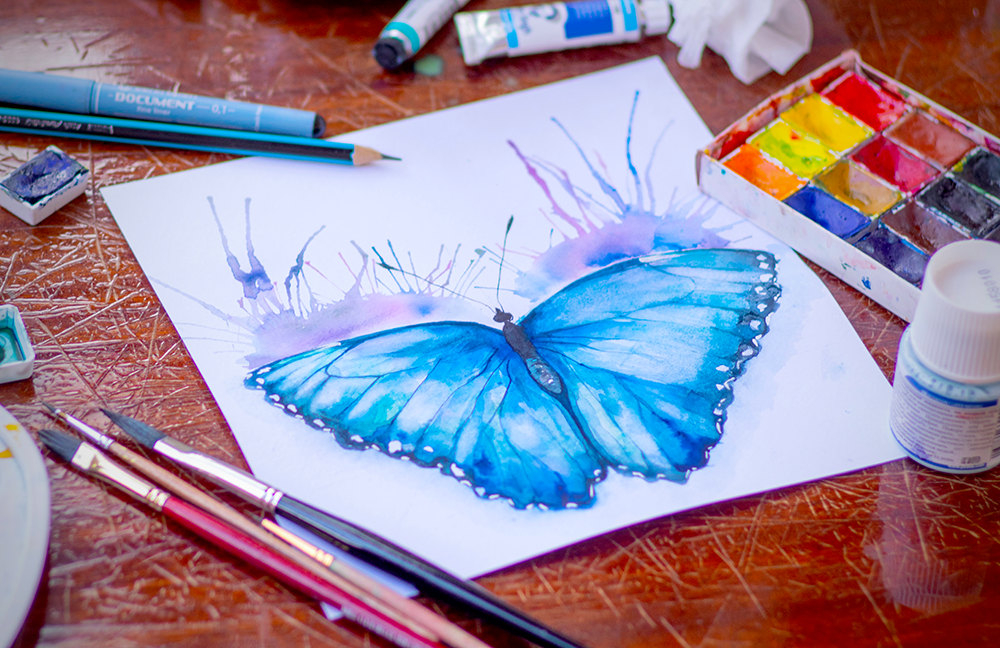
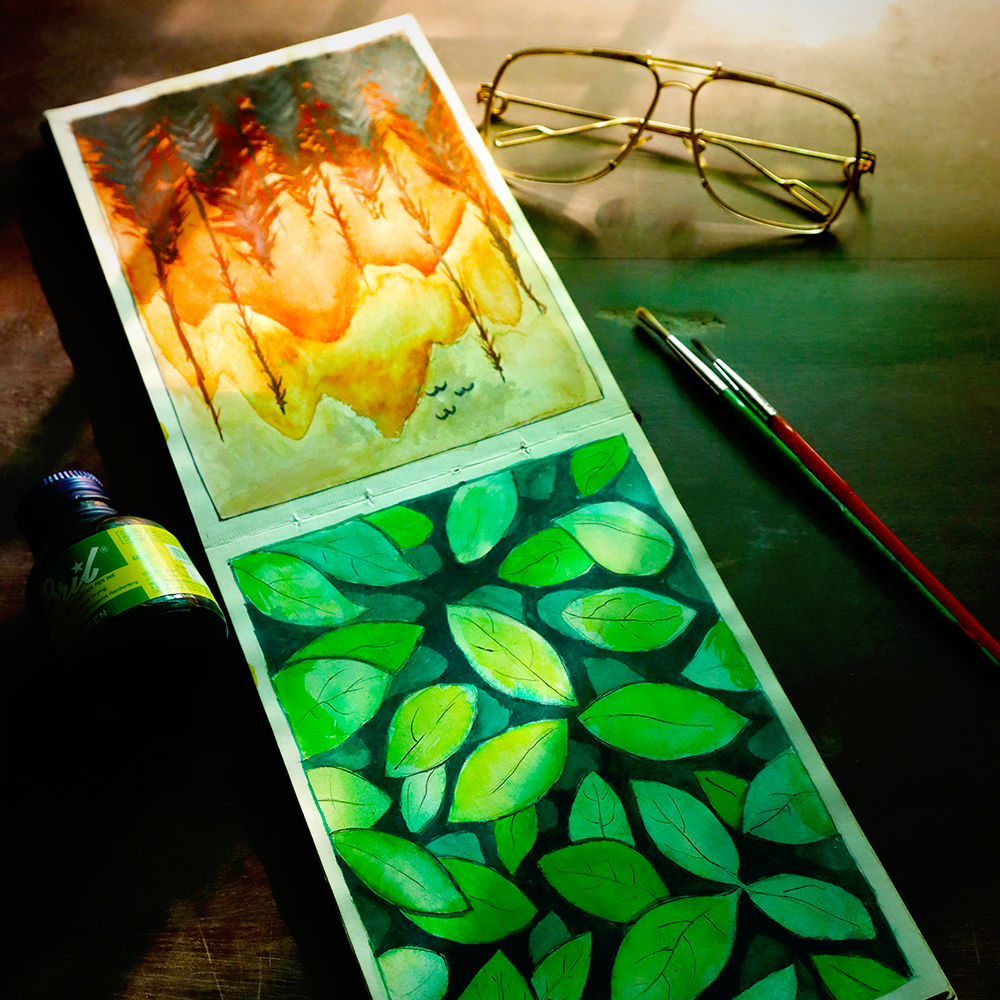

Choose the Right Paper
Watercolor paper comes in a variety of different weights and textures.
For beginners, we recommend starting with a medium-weight paper that has a smooth surface.
This type of paper is easy to work with and will help you get a feel for the medium.
Other paper types can be used for more advanced techniques, but they may be harder to control for beginners.
No matter what, you'll want a paper that is specifically designed for watercolors.
Regular printer paper is much too flimsy and will warp and buckle when wet, so it's best to use actual watercolor paper when creating a watercolor painting.
We recommend investing in a good quality watercolor paper that will last you a long time.
Then, as you become more comfortable with watercolors, you can experiment with different types of paper to find the one that best suits your needs.
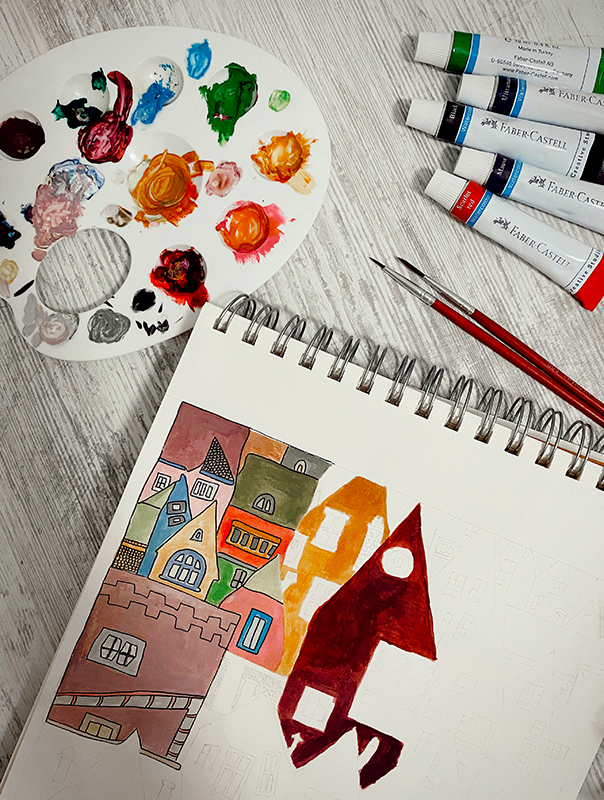
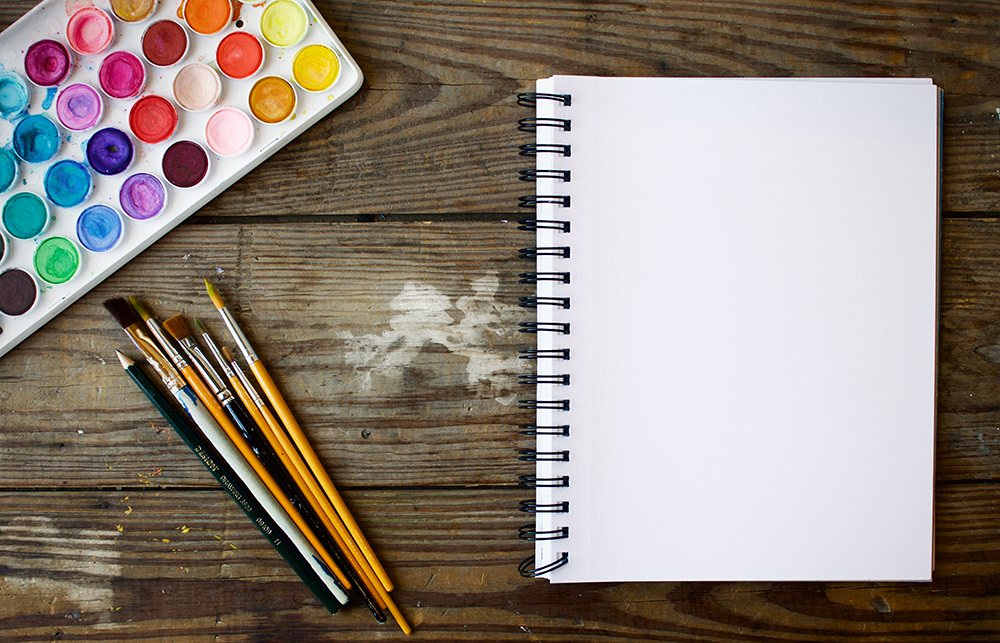
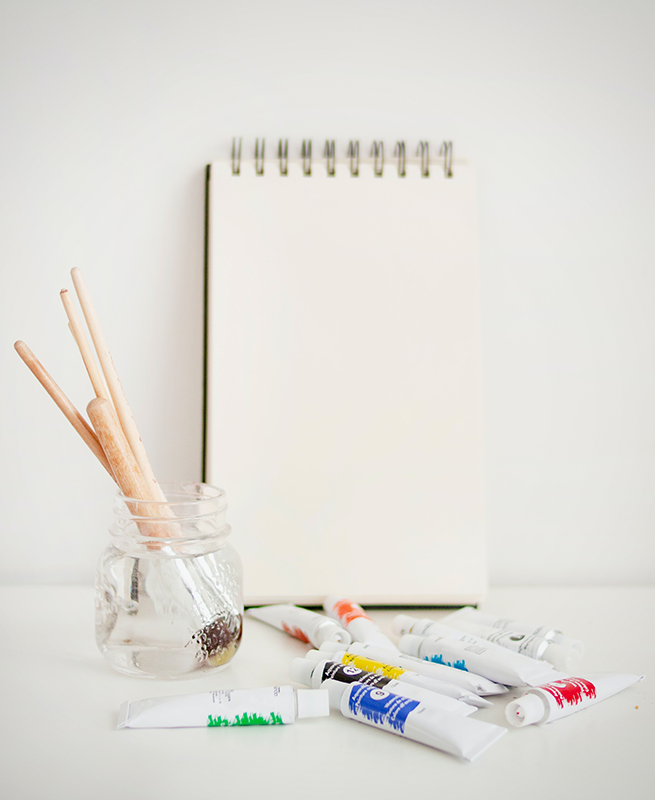
Use a Brush That's Right for the Job
Watercolor painting requires a different type of brush than other mediums like oils or acrylics.
This is because watercolors are much thinner and more delicate than other paints.
As a result, you'll need a brush that is specifically designed for watercolors in order to get the best results.
Watercolor brushes come in a variety of sizes and shapes, so it's important to choose one that is right for the type of painting you're doing.
For example, if you're painting a small area, you'll want to use a detail brush.
If you're painting a large area, you'll want to use a bigger brush.
In general, a medium-sized brush is a good starter paint brush.
The type of brush you use will also affect the amount of paint that is applied to the paper.
You might want to play with a water brush pen; these pens hold water right inside of the brush, so they're super convenient!
So, experiment with different types of brushes until you find the one that works best for you.
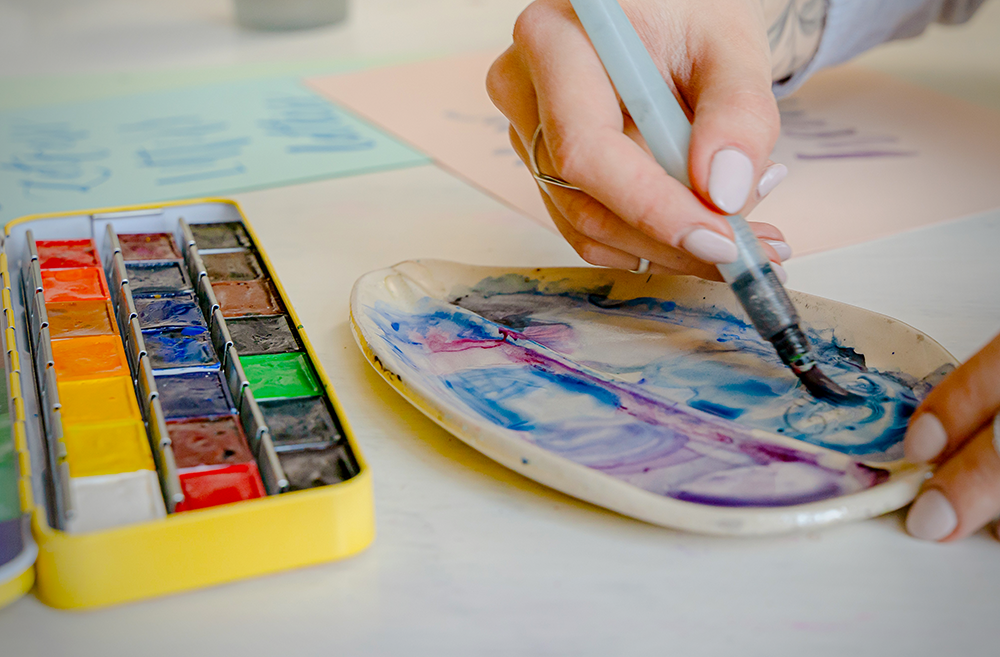
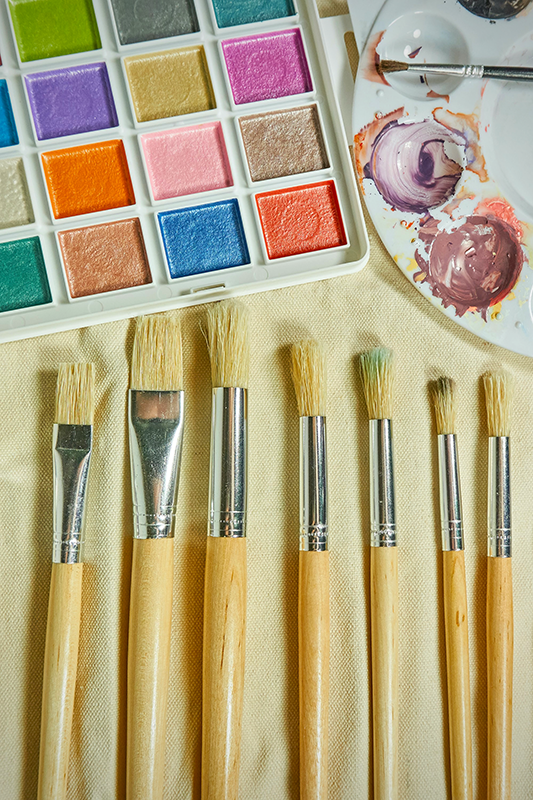

Use the Right Amount of Water
Another important factor in watercolor painting is the amount of water you use.
If you use too much water, the paint will be diluted and runny.
If you use too little water, the paint will be thick and hard to work with.
The best way to find the right amount of water is to experiment and see what ratio works best for you.
A good rule of thumb is to start with less water and add more if needed, but if you ever use too much water you can pick up excess water with a paper towel.
Test out your paint and water mixture on scrap paper before adding it to your art piece.
This will help you get a feel for how the paint will behave before you start working on your final piece.
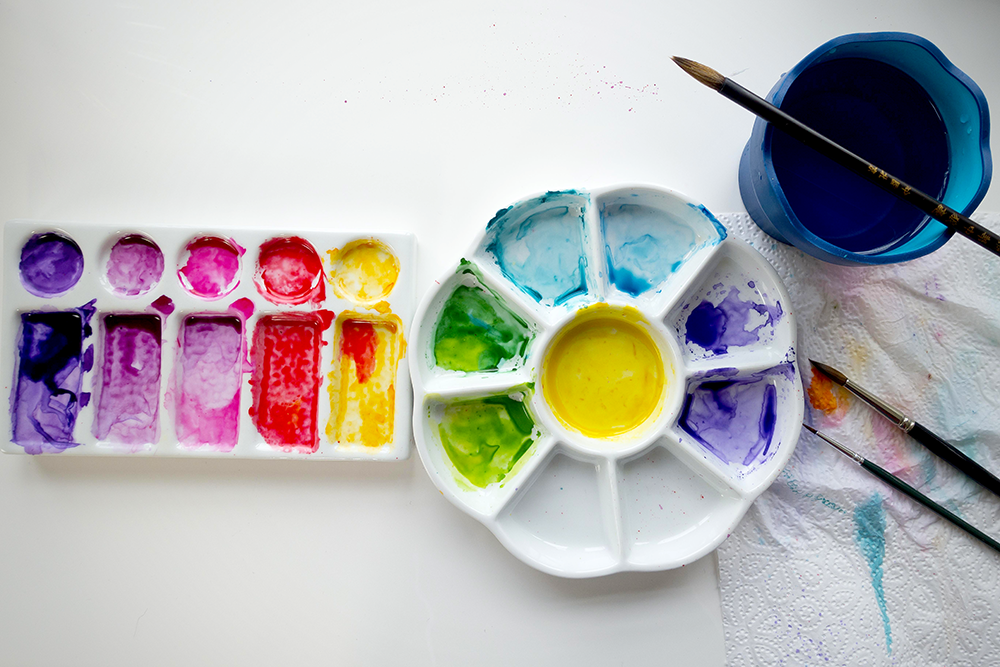

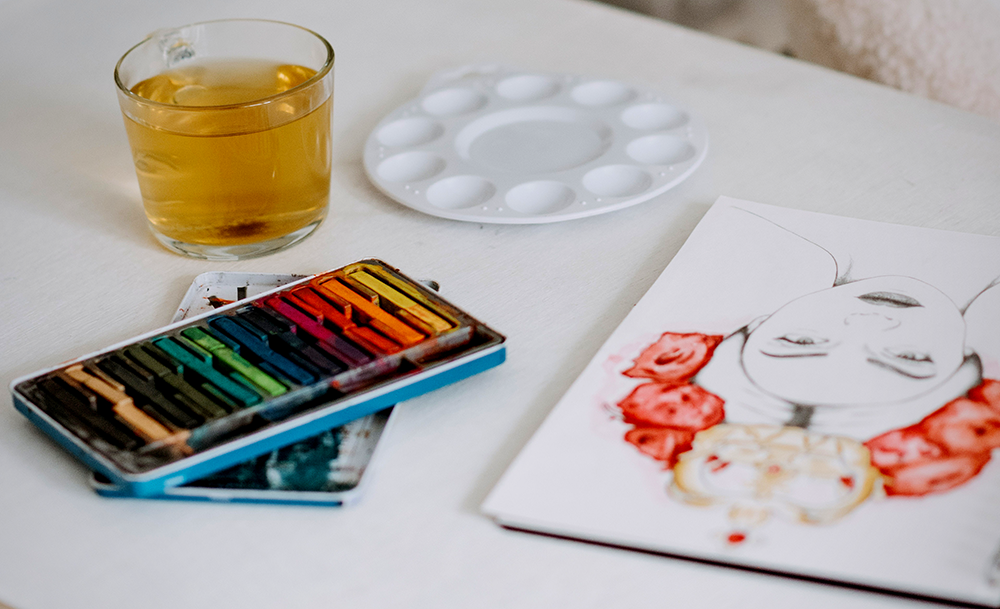
Pre-wet Your Paper
Before you start painting, you can wet your paper with clean water.
This will help the paint flow evenly across the surface of the white paper and prevent it from drying out too quickly.
Watercolor paints work best on slightly damp paper, so pre-wetting your paper can help you out a lot in the painting process.
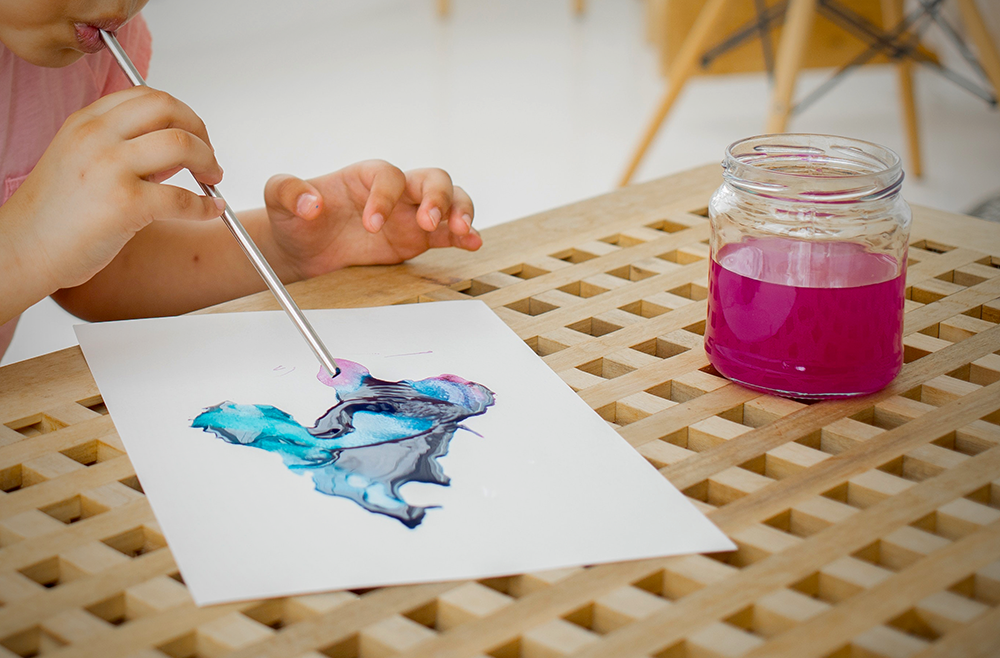
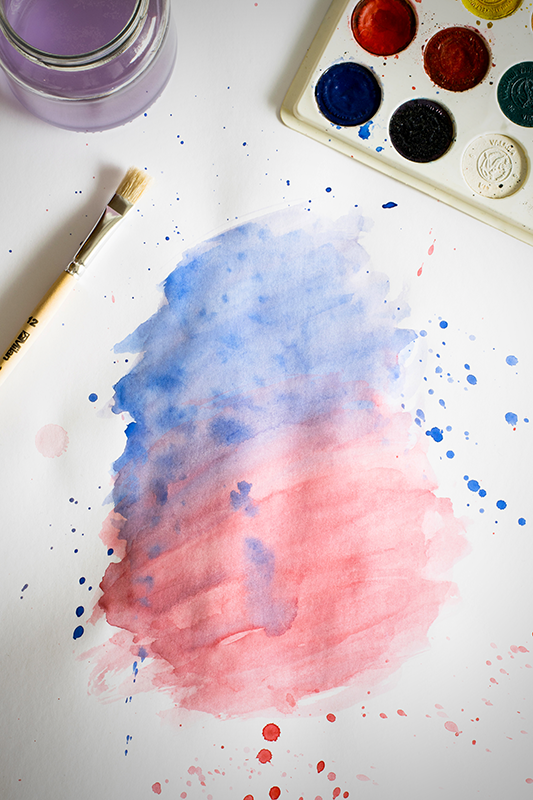
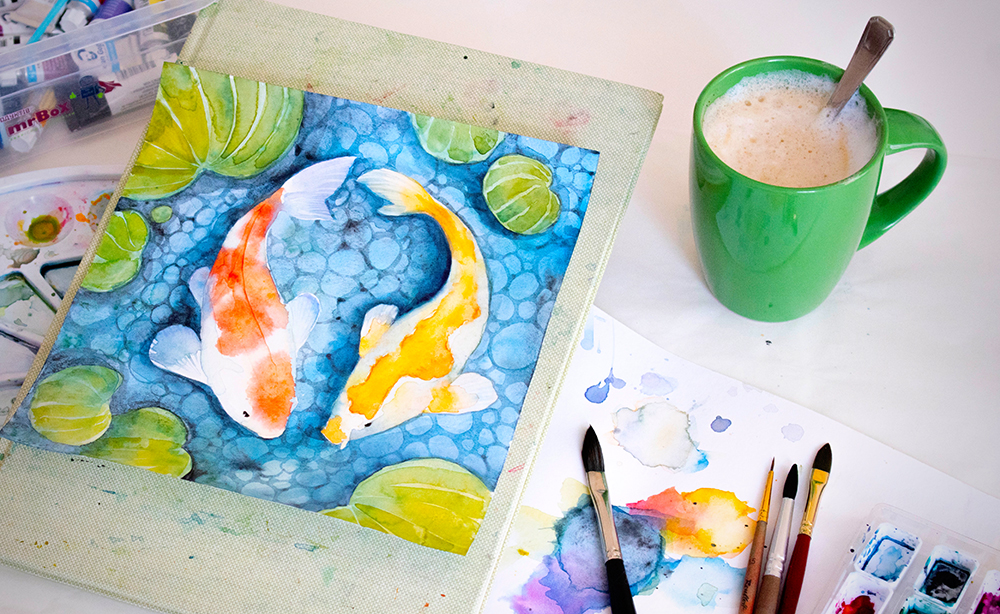
Use Light Color Washes
When you're just getting started, it's best to use light washes of color for the first layer.
This will help you avoid overworking the watercolor paint and making a mess.
Once the first layer is dry, you can add additional layers of color until you achieve the desired effect.
In general, it's best to build up color slowly when painting with watercolors.
This means adding thin layers of value rather than trying to add a bunch at once.
By building up color slowly, you'll be able to achieve a more consistent and even color throughout your painting.
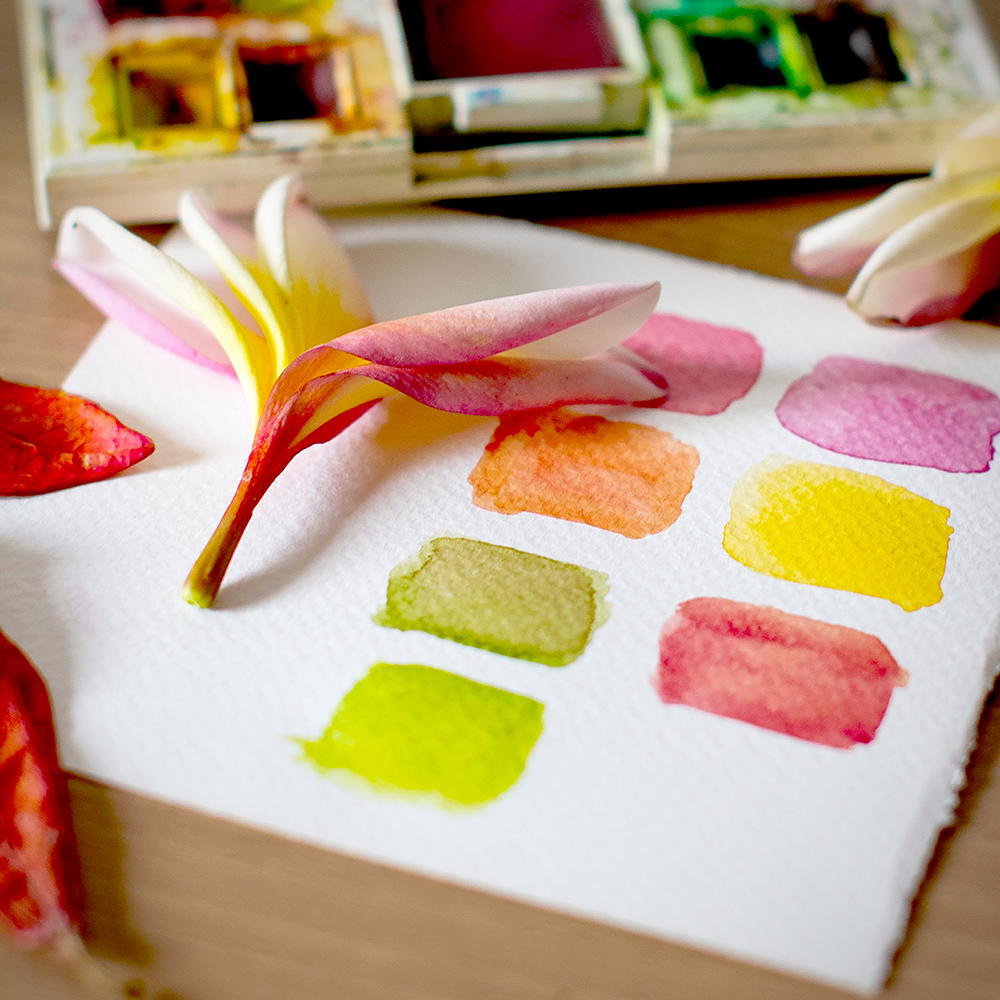

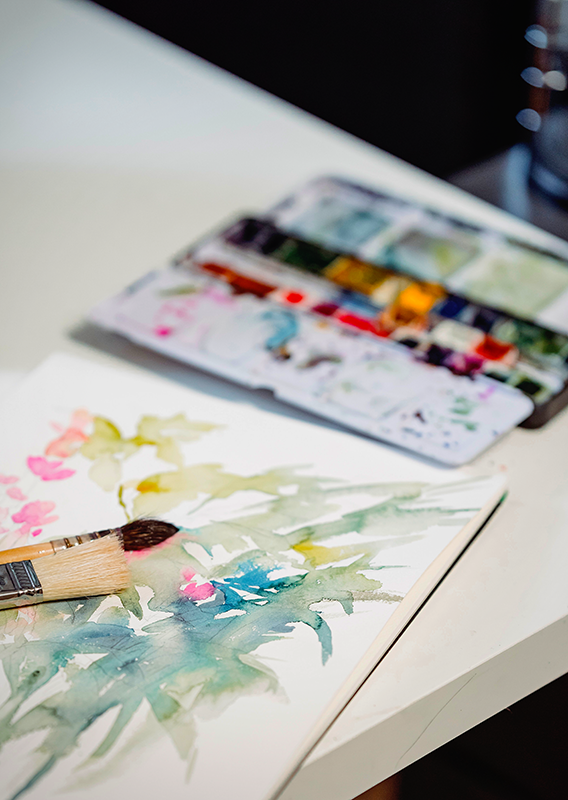
Experiment with Different Techniques
As you become more comfortable with watercolors, you can start to experiment with different techniques.
Watercolor painting is all about experimentation, so start off with basic watercolor techniques and explore trickier techniques as your experience grows.
Professional artists have a whole arsenal of techniques when working with wet paint to create interesting texture.
Some even enjoy creating artwork with watercolor markers and watercolor pencils!
Don't be afraid to try new things and see what works best for you.
There are no rules when it comes to creating art, so have fun and see what you can come up with!
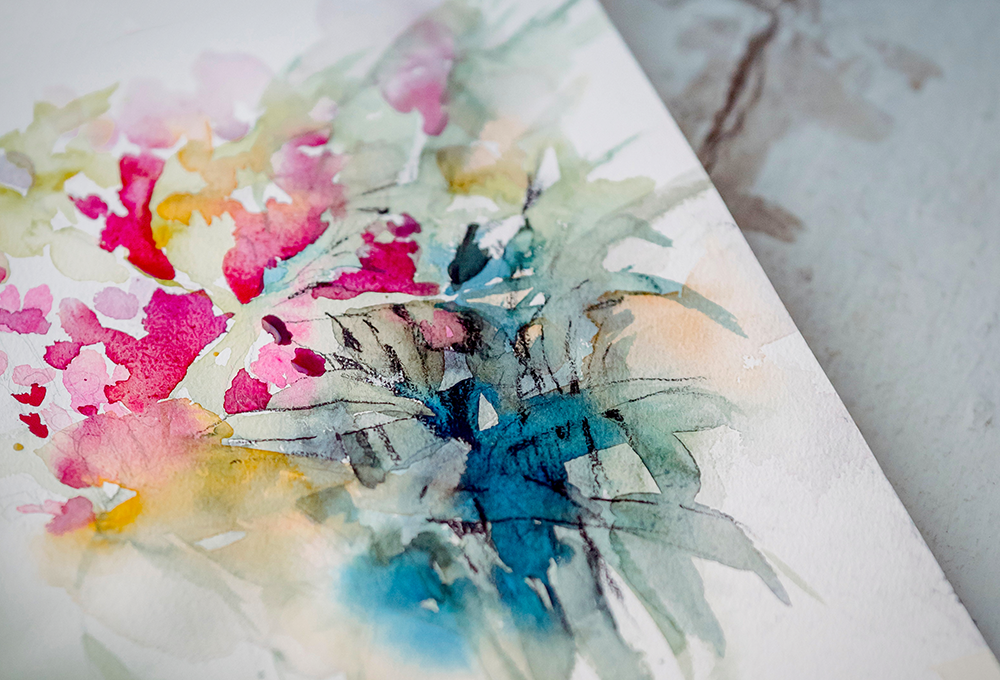
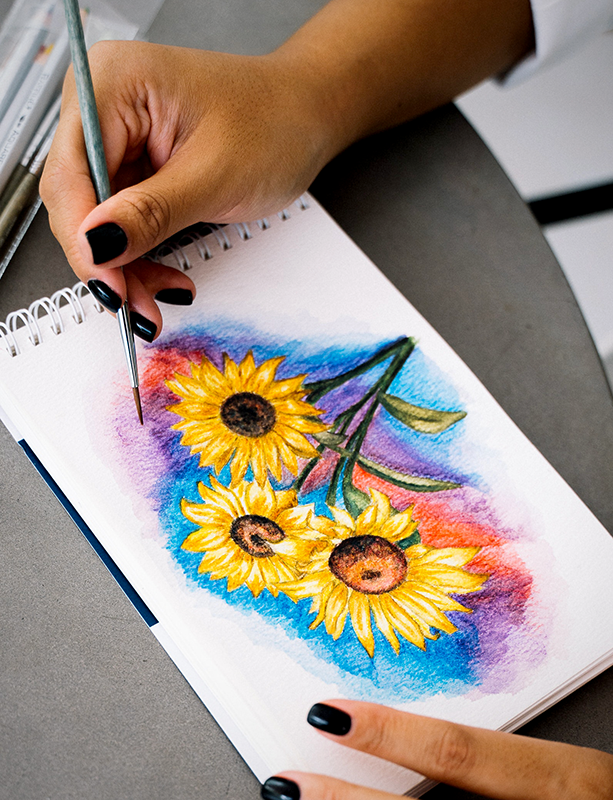

Creating Your Next Watercolor Painting
Watercolor painting is a beautiful and unique art form that anyone can learn with a little bit of practice.
By following these watercolor painting tips and tricks, you'll be on your way to creating stunning paintings in no time!
So, grab some watercolor paper and paints and go start your next painting today!
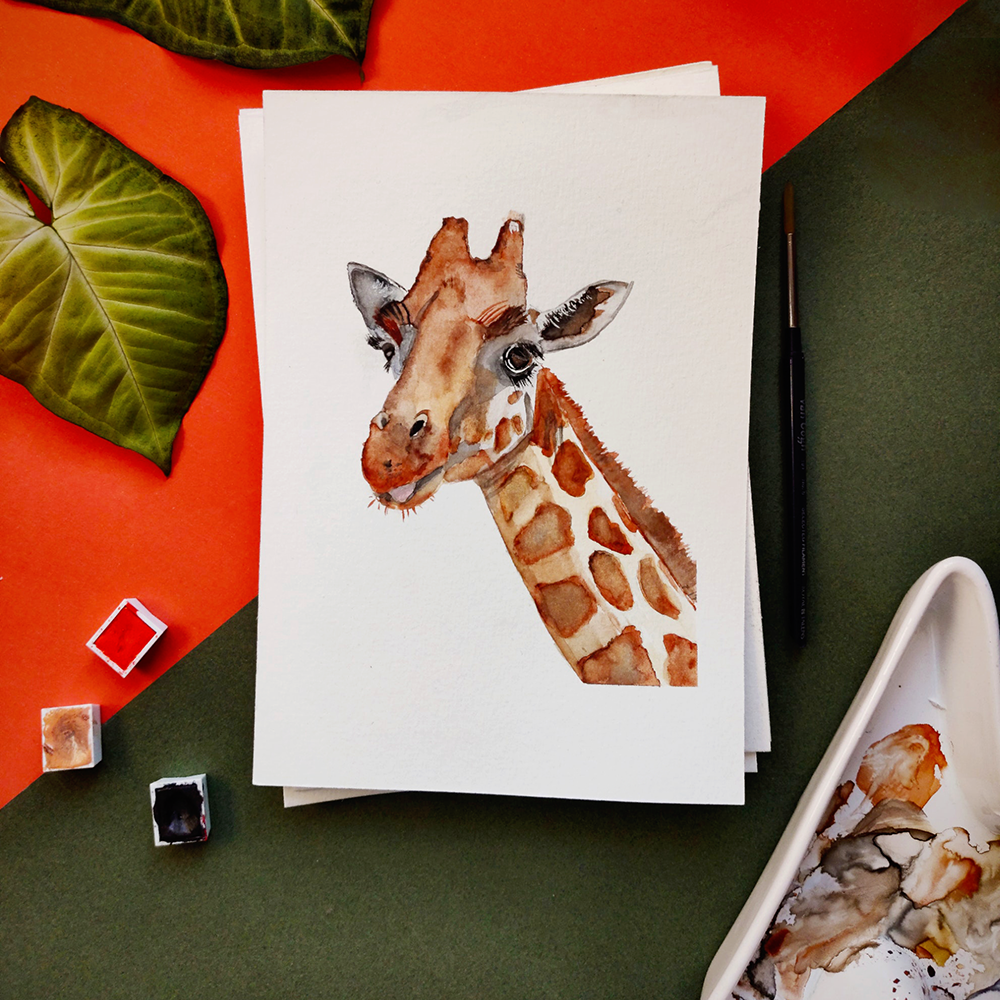
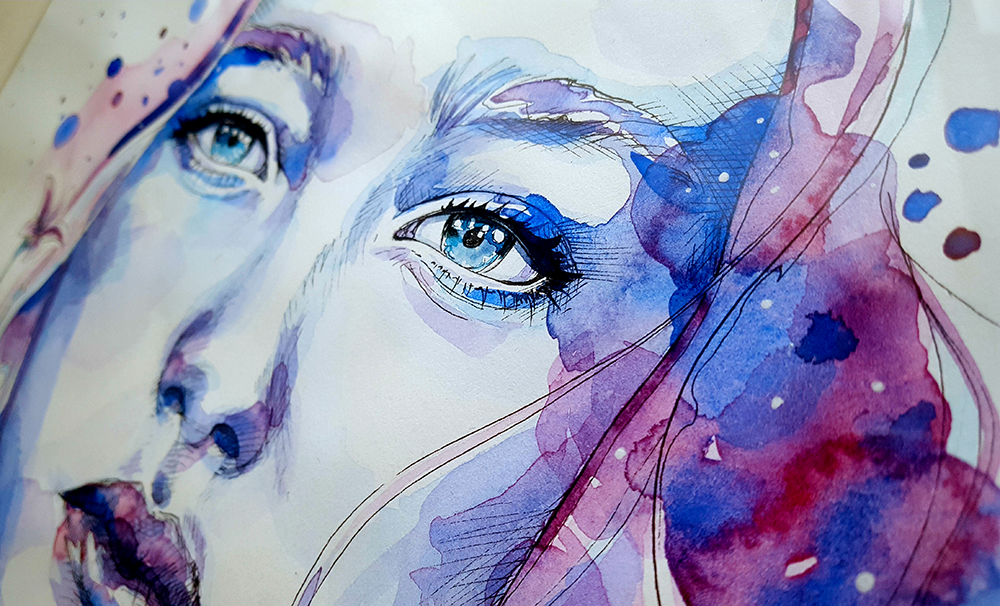

Want to learn more painting with watercolors? Check out AhmadArt's video!
Interested in painting with watercolors?
Check out our watercolor articles:
